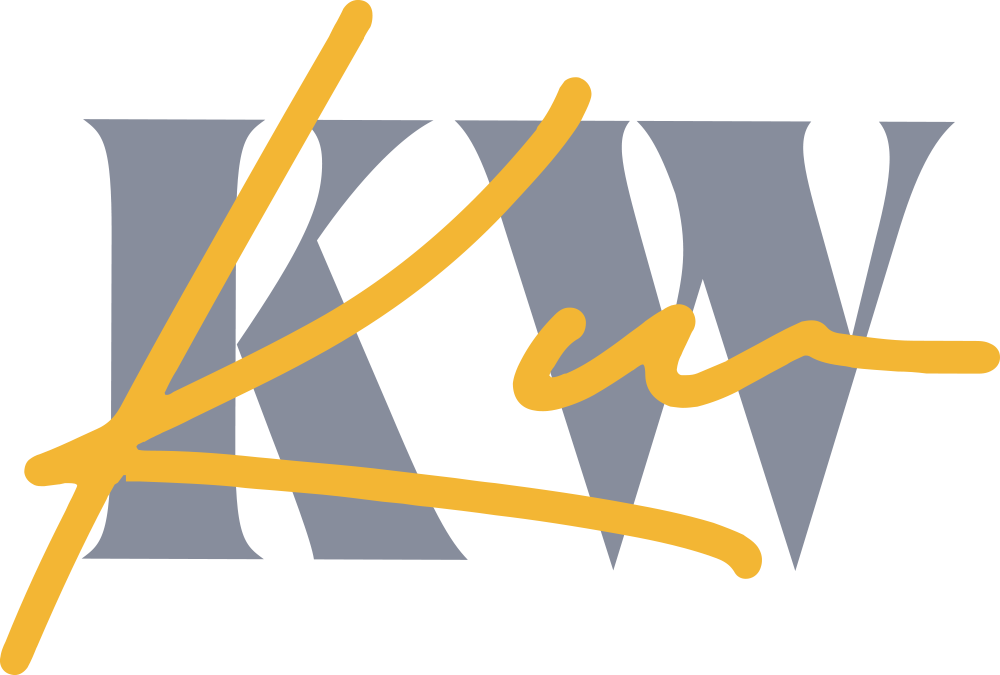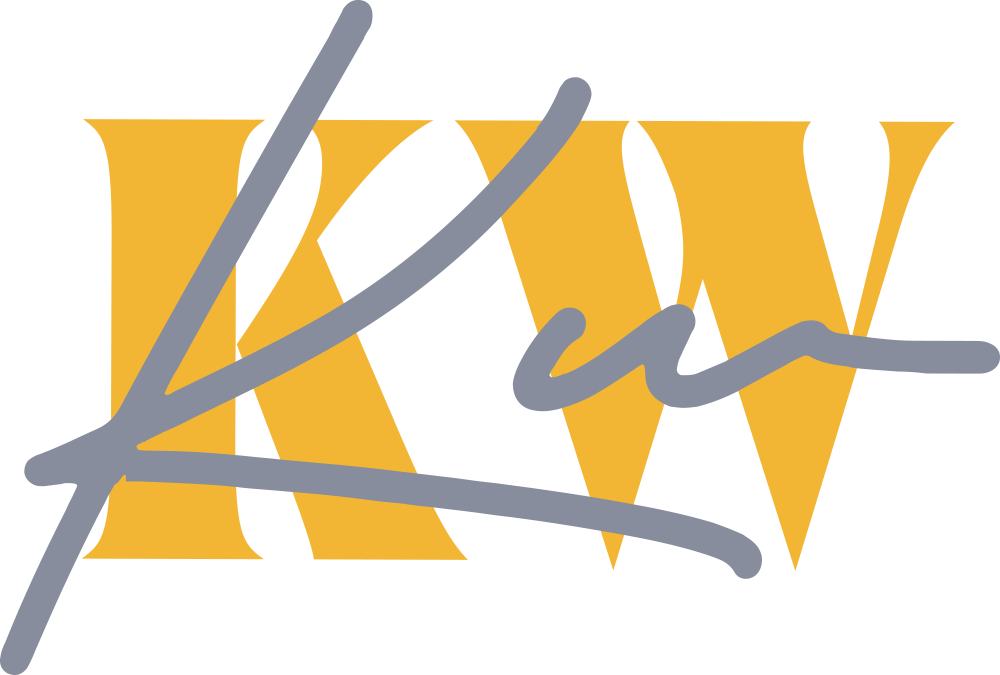I/O Magazine
Create a magazine based on a topic. Continue with the magazine by: contructing a proposed approach, construct a grid system, design a specification sheet, design a cover and design mutliple articles.
Data mashing, hex editing are just a few techniques of composing glitch art. This type of art is an experimental way of creation with iterations of subtle failures. Images on a computer are essentially a cluster of characters compiled into a file. The arrangement of this code generates the image you see.
Voice
I/O enjoys to portray them selves as a civil and as a relaxed voice that enjoys expressing both the views of the artistic expression and of a curator that indulges in the fine arts.
Mandate
I/O stands for input and output. I/O displays the diverse and more experimental mediums; mediums that are not so common to society. I/O portrays and highlights great explorations of design and art. I/O journeys out through diverse lifestyles and artistic characters to promote a more unconventional approach.
Tagline
01100101 01111000 01110000 01101100 01101111 01110010 01100101
Editorial Content
Within the I/O magazine, there will be: featured articles on trends, people, effects, artistic showcases with the artists intentions and perspective, interviews, editorial pieces on the depiction of artistic work, trending people and work and creative new mediums and talents.
The featured articles will be constructed and written by contributing artists within the field. Artists, designers and writers such as Azamat Akhmadbaev, would contribute their experience and view on topics and expressions within the magazine. Interviews with upcoming artists will be questioned about: their approach to their work, their means of experimentation, how they came to be and other follow up questions relating to their favourite mediums.
Articles on trends such as photo manipulation and other popular occurring manipulating trends will be analyzed and criticized. Showcases will consist of multiple artists that have a collection of work and will be visually constructed to represent a gallery like atmosphere.
Design
The I/O magazine size would be slightly larger than the standard magazine size. This is to have a greater size of space to layout more complex spreads and to have the capability of larger visuals. The paper stock that the magazine will be printed on will be a 28lb. paper matte. There will be other instances where a thicker semi-gloss or a gloss paper stock will be used for certain features such as special spreads of an artist. Encasing the thinner printed content will be a thick 85lb. semi-gloss or matte paper depending on the issue.
The magazine’s content would express the character of the distorted and glitch-like aesthetic. I/O is intended to be a technological rugged magazine. Copy and titles would occasionally be slightly warped yet legible; every other instance would keep the standard conventional magazine layout. This effect will drive the feel of the warped and unusual layouts; this design style will be the I/O’s signature.
I/O would be mostly image driven due to the complexity and diverse of images. The art that will be consisted in the magazine would be aggressively distorted and warped. However the distortion will consist of vibrant and diverse colours. This is where the colour will be drawn out of the magazine.
I/O’s type choice would consist of mostly sans serifs, due to the technological atmosphere. There will be serif typefaces for emphasis on important sections such as featured articles, headers, pull quotes etc. There will be no script or ornate typefaces associated with I/O unless it is to be used for a certain editorial spread or artist.
Existing Landscape
Slanted Magazine and High Resolution has a similar approach to displaying interesting content. Especially in Slanted’s 15th issue titled Experimental. They have highlighted unusual ways of copy, text and images together. This type of approach to the system of editorial design is where I/O wishes to advance in. The experimental and unconventional methods of creating the structure in the magazine would be entirely different compared against other magazines.
I/O’s audience and readers would mainly consist of people who are into the culture of unconventional artistic and design movements. These primary readers would be artists or admirers following the trends and the artists within the magazine. The secondary readers would be others who are exploring mediums and are interested in other means of depicting visual imagery.
I/O will be distributed with or within photography and tech magazines due to the medium being distortion photography and images; it seems to be a good placement to have it embedded within other books and magazines.
I/O magazine special editions will be financed by other applicable magazines that wish to have the I/O within their magazine. This will generate the effect of confusion but also spark interest by other non-viewers. I/O will also be financed by art galleries and other artists that wish to redirect the viewer to their blog and portfolio.
Creation
With artists like: Theo Dykhorst, Hyperspeed Hallucinations and Adam Flynn, they edit computer code by rearranging the characters in different locations to distort, destruct and corrupt. With many edits and arrangements it can create a whole new image. There’s always the chance of destroying the file to no return, this is where the element of experimentation happens. With multiple changes one can see a pattern in the code then use it to manipulate the image in their favor.
I conducted interviews with the artists listed above and gathered their routine and development process in their work. From their personal life to their artistic views, I designed the articles around them.
Notice: Trying to access array offset on value of type bool in /home/kevbotbe/kevinwitkowski.ca/wp-content/themes/tm-arden/framework/class-aqua-resizer.php on line 117
Notice: Trying to access array offset on value of type bool in /home/kevbotbe/kevinwitkowski.ca/wp-content/themes/tm-arden/framework/class-aqua-resizer.php on line 118








